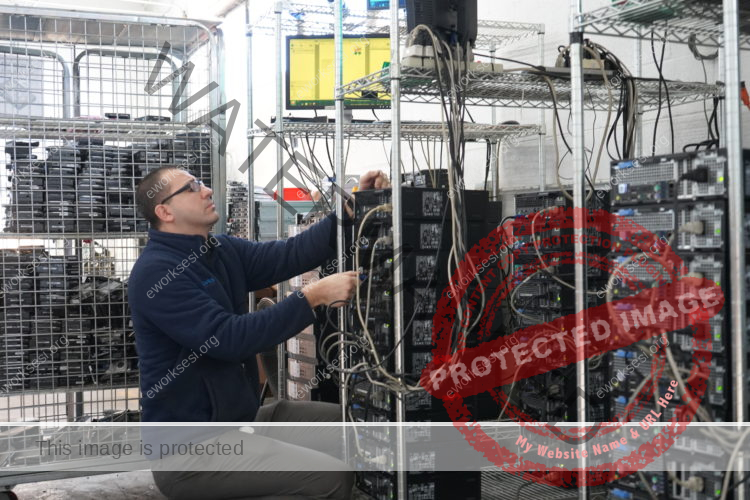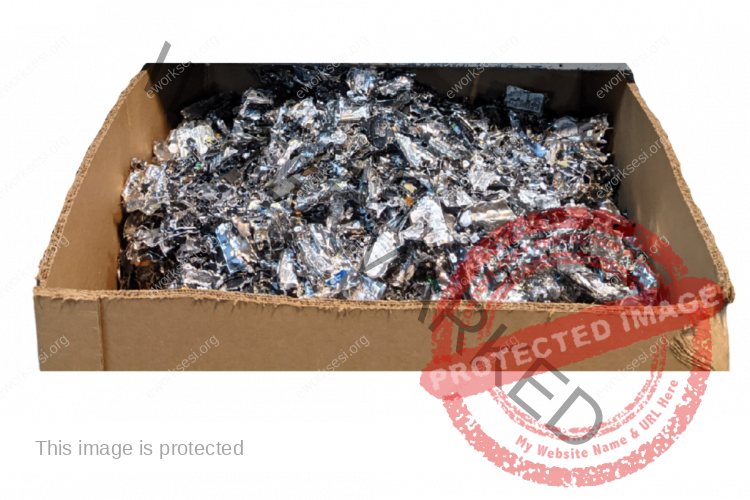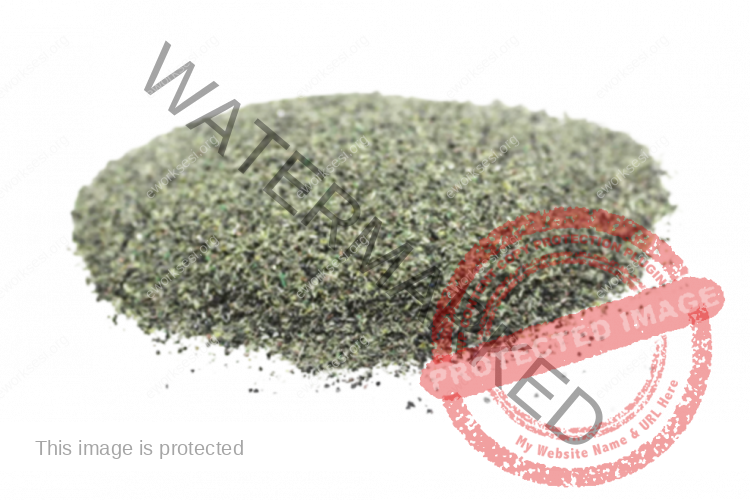Data Security
Data is your most valuable asset. Rest assured in our secured physical media destruction and digital data erasure.
Media Sanitization
HDDs and SSDs that will be reused need secured erasure. eWorks uses state of the art media sanitation to wipe your data to the highest standards. Click below to explore our compliance with domestic and international guidelines.
US Department of Energy M205.1-2
US Department of Defense 5220.22 M
US Department of Defense 5220.22 M (ECE)
US Army AR380-19
US Air Force 5020
German VISTR compliant
Russian GOST p50739-95 compliant
Gutmann compliant
Bruce Schneier's algorithm
Canadian OPS-II
Canadian CSEC ITSG-06
British HMG IS5 Baseline
British HMG IS5 Enhanced
Navso P-5329-26 (RL)
Navso P-5329-26 (MFM)
NCSC-TG-025
NIST 800-88 erase 1 standard
NIST 800-88 erase 2 standard
NIST 800-88 erase 3 standard
Australian ISM-6.2.93
Secure Erase ATA low-level command
Shredding Services
For assets in need of physical destruction, eWorks provides full shredding services, both onsite and off.
HDD
Rotational/magnetic hard drives require traditional shredding. This process renders the drive into metal shards that are regarded by NIST 800-88 as "most secure"
Security FAQ
Your assets may have reached the end of use, but the data on them still needs special care
 Erasure
Erasure
It is possible to securly erase elecronic data to DOD standards and then resuse the hardrive, enabling greater value caputure for your assets. This solution is for those looking for maximum reuse potential
![]() Shredding
Shredding
Physical destruction is the most secure and versatile data destruction method for many types of media. Different types of media have different requirements for compliance with the National Institute for Standards and Technology
 HDD
HDD
HHDs or Hard Disk Drives are storage devices that function via magnetic storage. The data is stored on rotating disks coated with magnetic material, and this is how they can be easily identified. The data is read and stored via actuator arms. HDDs are cheaper than flash media, however they are slower and less stable and are therefore phasing out in popularity.
 SSD
SSD
SSD, Solid State Drive, or Flash Memory, is a newer technology. The data is stored in integrated circuits or cells that can be accessed instantly rather than needing to spin like HDDs. SSDs can also be made into a much wider variety of sizes and applications. They are not susceptible to magnetic damage and, due to fewer moving parts, SSDs last longer. Because of this durability, SSDs have finer requirements for destruction than HDDs
 HDD Shredding
HDD Shredding
As Hard Disks are more susceptible to damage, they are considered destroyed when shredded to the standard width of 1.5-.75 inches. Recovering data from an HDD shredded in this way would take enough resources (millions of dollars in forensic equipment for example) as to be considered reasonably infeasible.
SSD Shredding
Solid State Drives are built differently and therefore much more resilient to traditional shredding. This type of media is not considered destroyed until reduced into particles of 2mm or smaller, roughly the size of gritty beach sand. eWorks provides state of the art NSA-approved shredding solutions capable of reducing your flash media to dust. For further peace-of-mind, certified storage of this destroyed media is also available.




